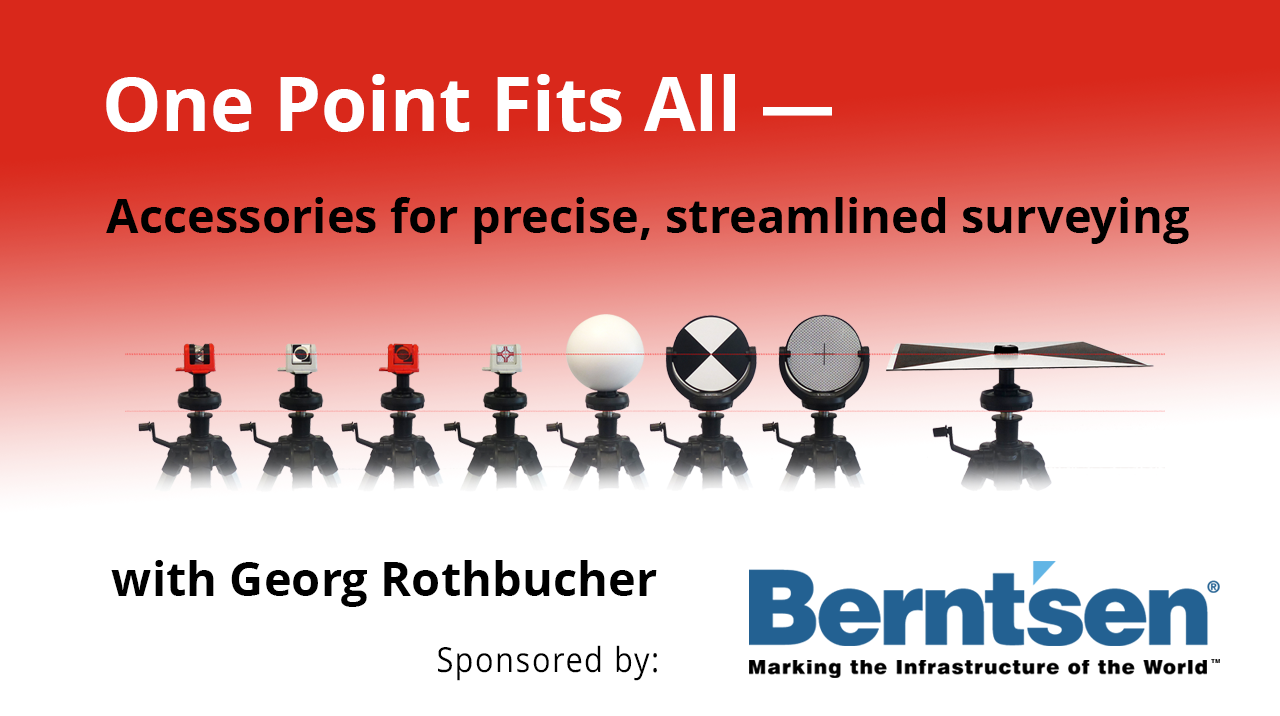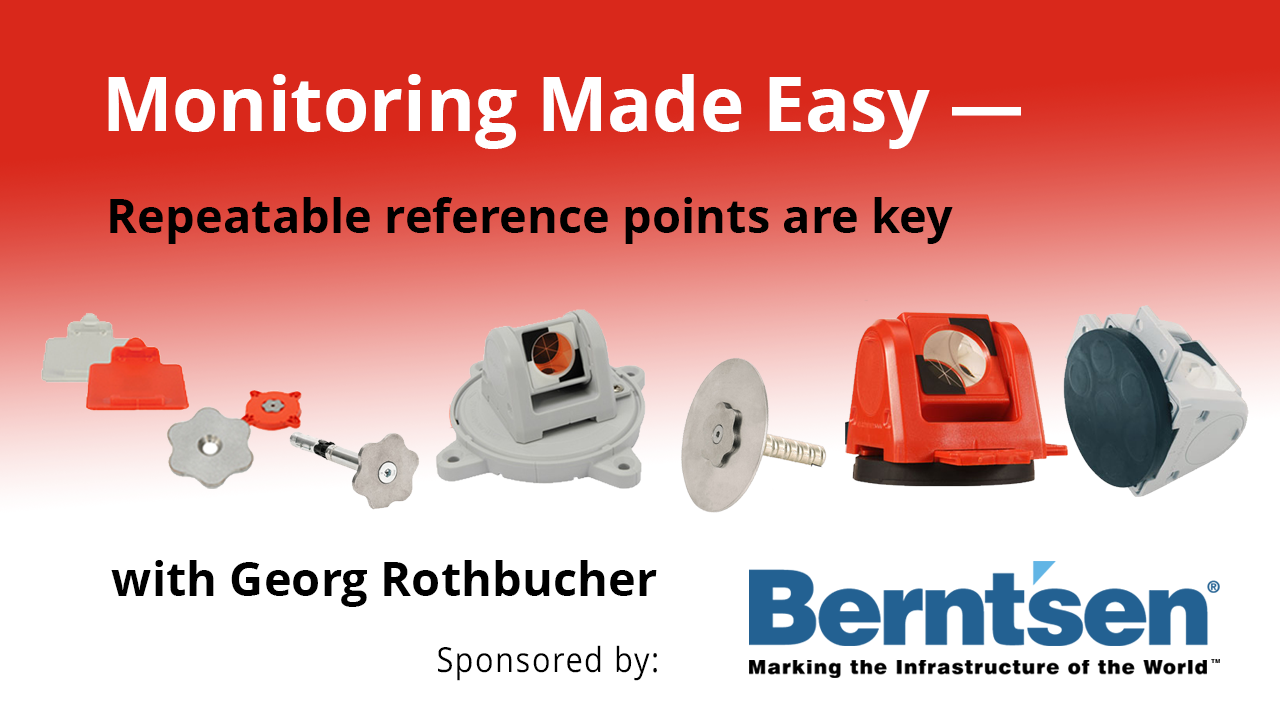Precise Survey Prisms
Our top-quality survey prisms combine easy installation with specific measurements, due to their prism accuracy. Designed to meet the demanding needs of professionals in fields where precision is crucial, our prisms can be used for construction and surveying as well as railways, mining, and tunneling. Our great selection includes 180 and 360 degree mini prisms, SECO prisms, and more.
Survey Prism Buying Guide
When selecting a surveying prism, a key consideration is understanding the type of total station that will be used. This can dictate what type of prism you need, like copper or silver base prisms. Traditional prisms are mounted on survey poles, but attachment methods for prisms can vary depending on their style. They can be affixed using glue, screws, or magnets.
Another important factor is the application itself. Is it a long-term monitoring project or a short-term one? Will the surveying take place in challenging locations, such as bridges or dams? What type of environment will it be in? Consider temperature, humidity, and exposure to harsh elements.
If you need help finding the right survey prism for your needs, please feel free to contact us with any questions.
See the latest 2023 Rothbucher videos:


See the July 2021 Rothbucher Webinar Series